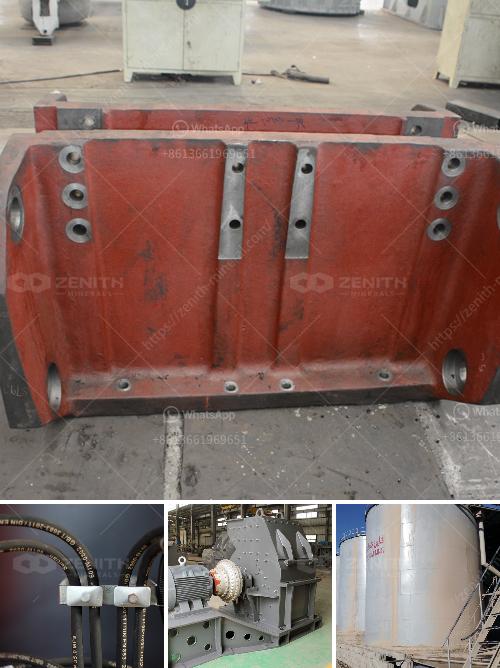Starting a stone crushing plant involves several steps and considerations to ensure the operation is efficient, safe, and compliant with regulations. Here’s a detailed guide on how to start a stone crushing plant:
1. Conduct a Feasibility Study
Before starting any business, it’s crucial to conduct a feasibility study to understand the market demand, competition, and financial viability. This includes:
- Market Analysis: Determine the demand for crushed stone in your area.
- Cost Analysis: Estimate the costs involved in setting up and running the plant, including equipment, labor, and raw materials.
- Profitability Analysis: Calculate potential revenue and profit margins.
2. Obtain Necessary Permits and Licenses
Operating a stone crushing plant requires various permits and licenses from local, state, and federal authorities. These may include:
- Environmental Permits: Ensure compliance with environmental regulations to minimize the impact on the environment.
- Zoning Permits: Verify that the location is zoned for industrial use.
- Business Licenses: Obtain the necessary business licenses to operate legally.
3. Choose a Suitable Location
The location of the stone crushing plant is critical for its success. Consider the following factors:
- Proximity to Raw Materials: Choose a location close to the source of raw materials to reduce transportation costs.
- Accessibility: Ensure the site is easily accessible for transportation of raw materials and finished products.
- Environmental Impact: Select a location that minimizes the impact on the surrounding environment and complies with environmental regulations.
4. Design the Plant Layout
Designing an efficient plant layout is essential for optimizing production and minimizing costs. Consider the following:
- Flow of Materials: Plan the layout to ensure a smooth flow of materials from the raw material input to the finished product output.
- Equipment Placement: Strategically place equipment to maximize efficiency and safety.
- Storage Areas: Designate areas for storing raw materials and finished products.
5. Purchase Equipment
Invest in high-quality equipment to ensure the plant operates efficiently and safely. Essential equipment includes:
- Jaw Crusher: For primary crushing of large stones.
- Cone Crusher: For secondary crushing to produce smaller stones.
- Vibrating Screen: To separate different sizes of crushed stones.
- Conveyor Belts: To transport materials within the plant.
- Dust Suppression System: To control dust and comply with environmental regulations.
6. Hire Skilled Labor
Recruit skilled labor to operate and maintain the plant. This includes:
- Operators: To operate the crushers and other machinery.
- Maintenance Staff: To perform regular maintenance and repairs.
- Supervisors: To oversee the operations and ensure safety and efficiency.
7. Implement Safety Measures
Safety is paramount in a stone crushing plant. Implement the following safety measures:
- Training: Provide comprehensive training to all employees on safe operation and emergency procedures.
- Protective Gear: Ensure all employees wear appropriate protective gear, such as helmets, gloves, and safety glasses.
- Emergency Plans: Develop and implement emergency response plans for accidents and natural disasters.
8. Set Up a Quality Control System
Implement a quality control system to ensure the final product meets industry standards. This includes:
- Regular Testing: Conduct regular tests on the crushed stone to ensure it meets the required specifications.
- Inspection: Perform routine inspections of the equipment and processes to identify and address any issues.
9. Develop a Marketing Strategy
Develop a marketing strategy to promote your stone crushing plant and attract customers. This includes:
- Branding: Create a strong brand identity for your business.
- Advertising: Use various advertising channels, such as online marketing, print media, and local events, to reach potential customers.
- Networking: Build relationships with construction companies, contractors, and other potential clients.
10. Monitor and Optimize Operations
Continuously monitor and optimize the plant’s operations to improve efficiency and profitability. This includes:
- Performance Metrics: Track key performance metrics, such as production rates, downtime, and costs.
- Continuous Improvement: Implement continuous improvement processes to identify and address inefficiencies.
By following these steps, you can successfully start and operate a stone crushing plant. It’s important to stay informed about industry trends and regulations to ensure long-term success.

